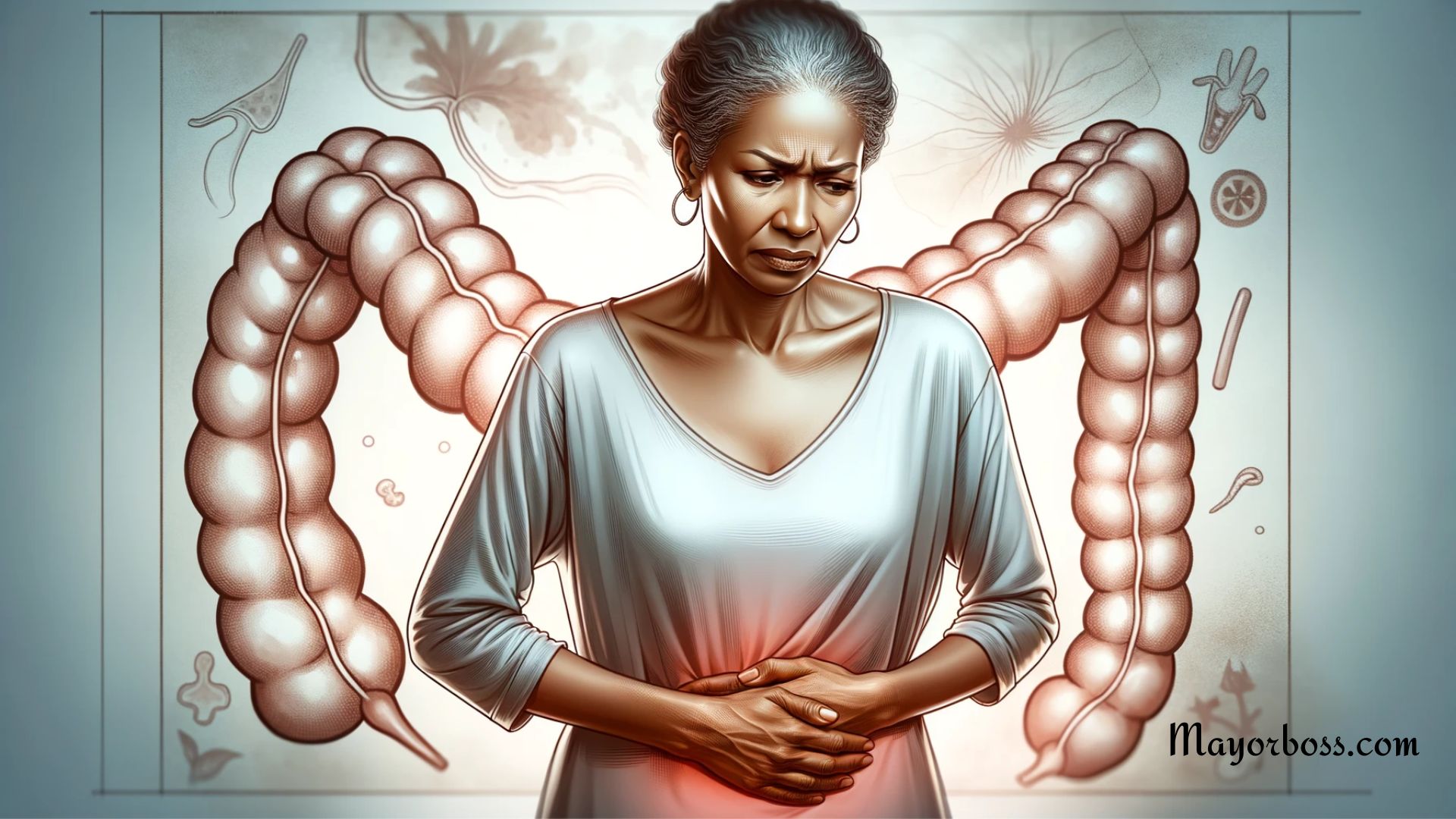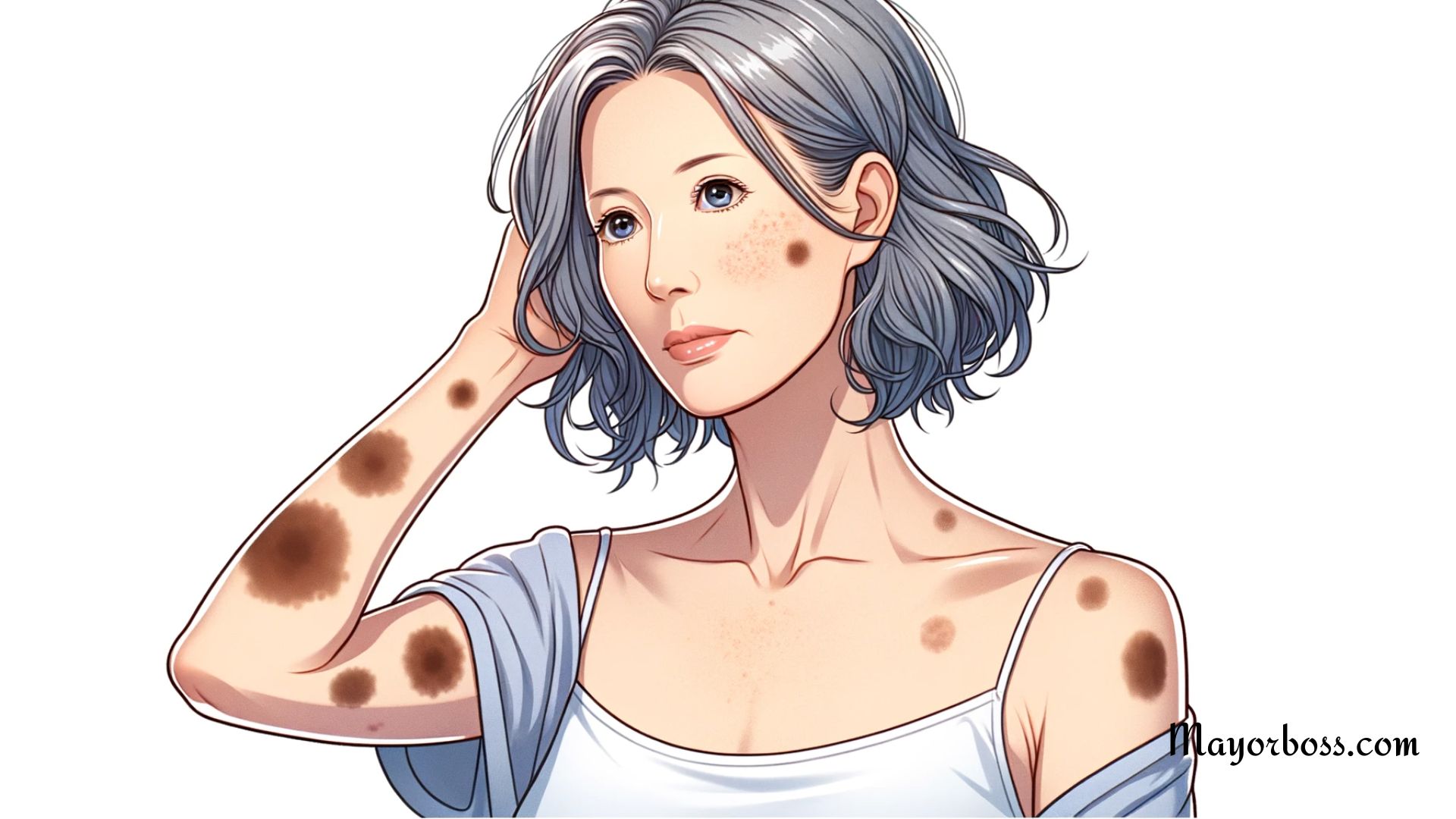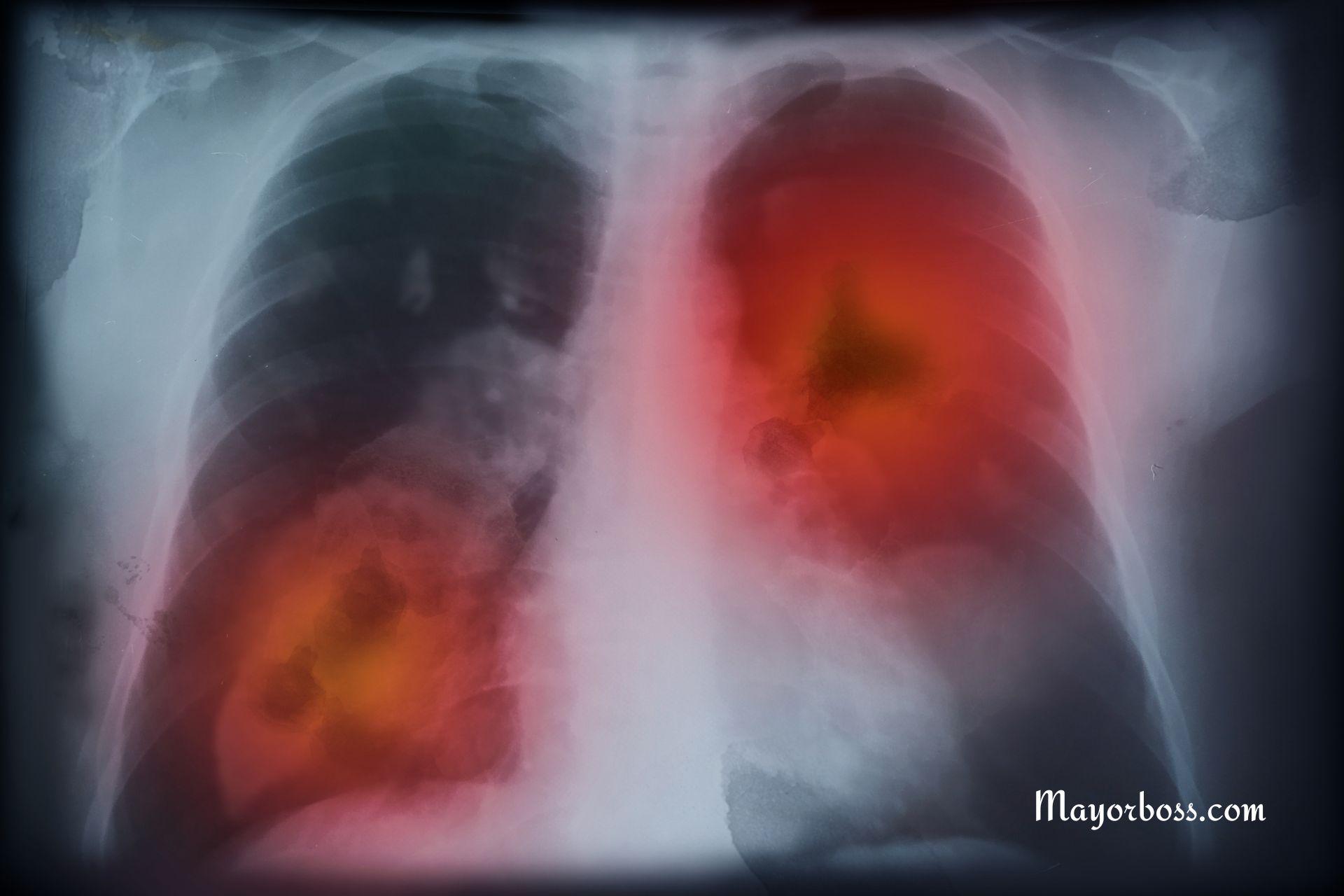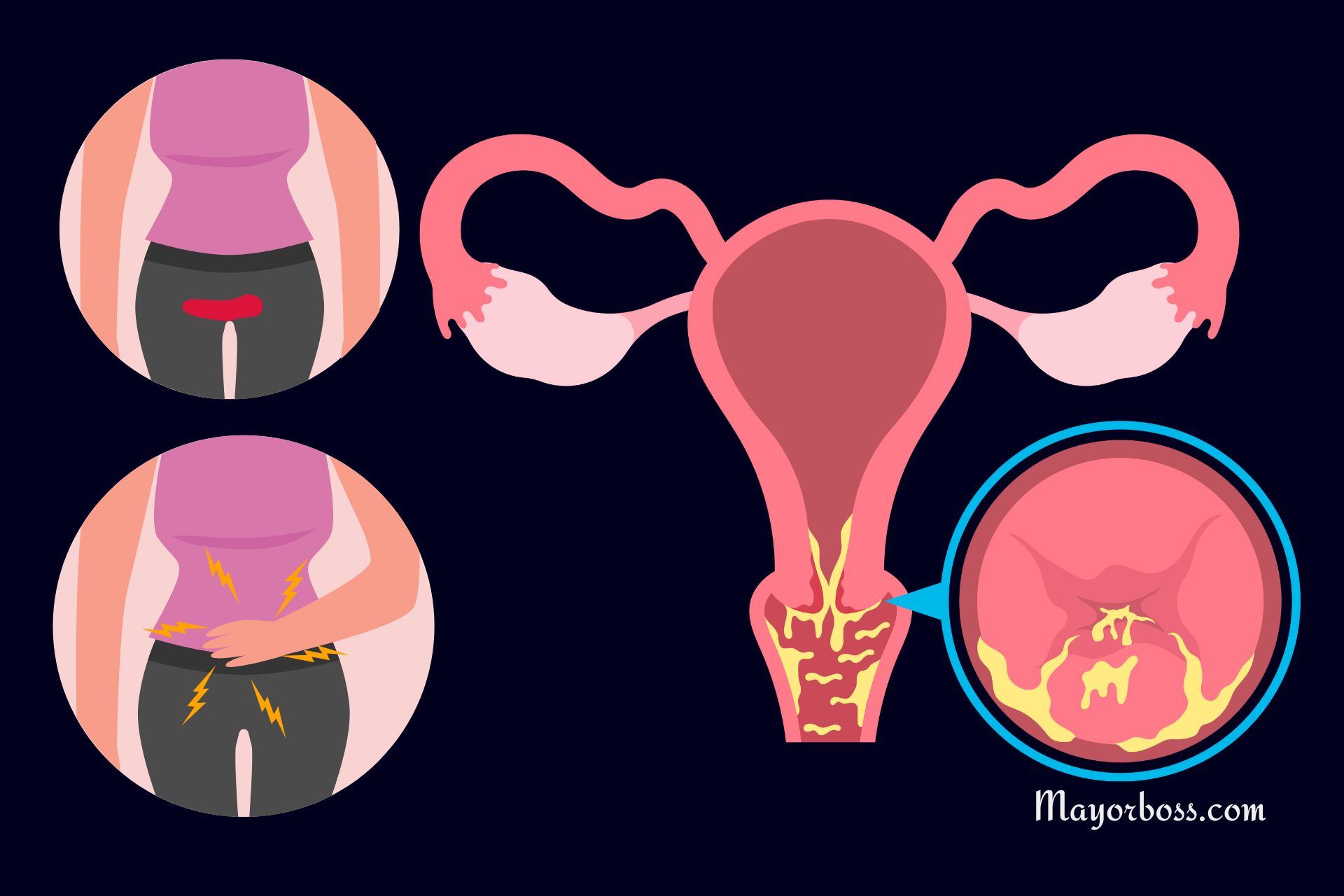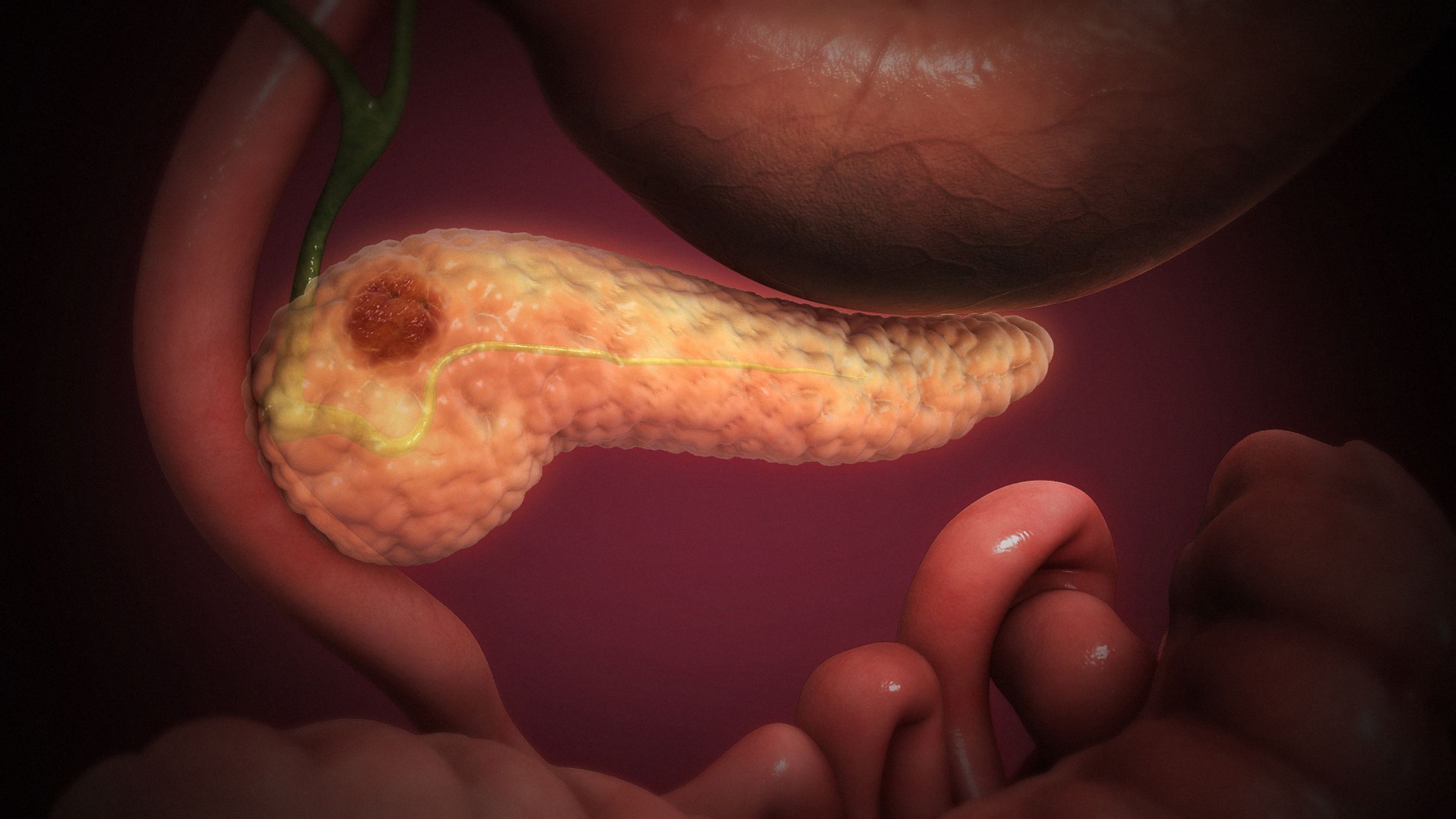Early Signs and Symptoms of Breast Cancer
What Is Breast Cancer?
In simple words, breast cancer is a type of cancer that develops in the breast tissue, usually originating in the milk-producing ducts or lobules. It occurs when the cells in the breast grow abnormally and uncontrollably, leading to the formation of a malignant tumor.
This uncontrolled growth can damage surrounding tissues and may spread to other parts of the body through the lymphatic system or bloodstream. The good news is if breast cancer is treated early, it can be prevented from spreading to other body parts.
Recognizing the Early Signs
Breast cancer often begins without any noticeable symptoms. However, there are some telltale signs to watch for:
- Lumps or thickening in the breast or underarm area: A painless, hard lump with irregular edges is a common early sign. However, some lumps may also be tender, soft, or rounded. Keep in mind that not all lumps are cancerous, but it’s essential to have any changes examined by a doctor.
- Changes in breast size or shape: Pay attention to any unusual alterations in your breasts‘ size or shape, such as swelling or shrinkage, particularly if it affects only one breast.
- Nipple discharge: Unusual discharge from the nipple, especially if it’s bloody or clear, can be a warning sign. This symptom should not be ignored, even if it occurs infrequently.
- Inverted or retracted nipple: A newly inverted or retracted nipple, which appears to be pulled inward or flattened, may signal an underlying issue.
- Pain or tenderness: Although breast pain or tenderness is often associated with hormonal changes and is not typically a symptom of breast cancer, persistent or localized pain should be evaluated by a healthcare professional.
Recognizing Skin Changes
Breast cancer can also manifest as changes to the skin on or around the breast. Watch for the following:
- Dimpling or puckering: A dimpled or puckered appearance of the breast skin may indicate that the tissue beneath is being pulled by a growing tumor.
- Redness, warmth, or swelling: Persistent redness, warmth, or swelling of the breast can be a sign of inflammation related to cancer.
- Rash or crusting: A rash or crusting around the nipple may signal a rare but aggressive form of breast cancer called Paget’s disease.
- Changes in skin texture: An “orange peel” appearance (peau d’orange) or thickening of the breast skin can indicate breast cancer.
It’s crucial to remember that experiencing one or more of these symptoms does not necessarily mean you have breast cancer. However, it’s essential to consult your healthcare provider if you notice any changes or experience these symptoms to rule out breast cancer or receive an early diagnosis.
Importance of Regular Screenings
Routine screenings, such as mammograms, can help detect breast cancer even before symptoms develop. Women aged 40 and above should discuss personalized screening plans with their healthcare providers. Factors such as family history and genetic risk may influence the recommended frequency of screenings.
Risk Factors
While the presence of risk factors doesn’t guarantee breast cancer development, being aware of them can help you stay proactive. Some risk factors include:
- Age: The risk increases as women grow older.
- Family history: Having a close relative with breast cancer raises your risk.
- Genetic mutations: BRCA1 and BRCA2 gene mutations significantly increase the likelihood of developing breast cancer.
- Hormonal factors: Early menstruation, late menopause, and hormone therapy can contribute to risk.
What Is a Normal Breast?
A normal breast refers to a healthy breast without any signs of disease, abnormal growth, or dysfunction. It is essential to note that the appearance and composition of breasts can vary significantly among individuals due to factors such as genetics, age, hormonal fluctuations, and body weight. Here are some common characteristics of a normal breast:
- Size and shape: Breasts can be different sizes and shapes, even between the left and right breast in the same individual. It is natural for breasts to change in size and shape throughout a person’s life, especially during puberty, pregnancy, and menopause.
- Texture: The breast tissue is often a combination of glandular, connective, and fatty tissues. It is not uncommon for breasts to feel lumpy or uneven due to the presence of milk-producing glands and fibrous tissue.
- Nipples: Nipples can vary in size, shape, and color. They may be flat, protruding, or inverted. Some women may also have additional smaller nipples along the “milk line,” known as supernumerary nipples.
- Areola: The areola is the pigmented area surrounding the nipple. The color, size, and shape of the areola can differ significantly among individuals.
- Breast pain and tenderness: Some women may experience breast pain or tenderness, especially during their menstrual cycles, pregnancy, or menopause, due to hormonal changes.
- Breast discharge: Non-cancerous nipple discharge can occur, especially during pregnancy or breastfeeding. However, if you experience spontaneous discharge unrelated to these events, consult your healthcare provider.
Understanding the normal characteristics of your breasts is essential for detecting any changes or abnormalities. Regular breast self-examinations and routine screenings can help identify potential issues early and ensure appropriate intervention if needed.
Further Reading: 7 Reasons You Have Sore Breasts.

